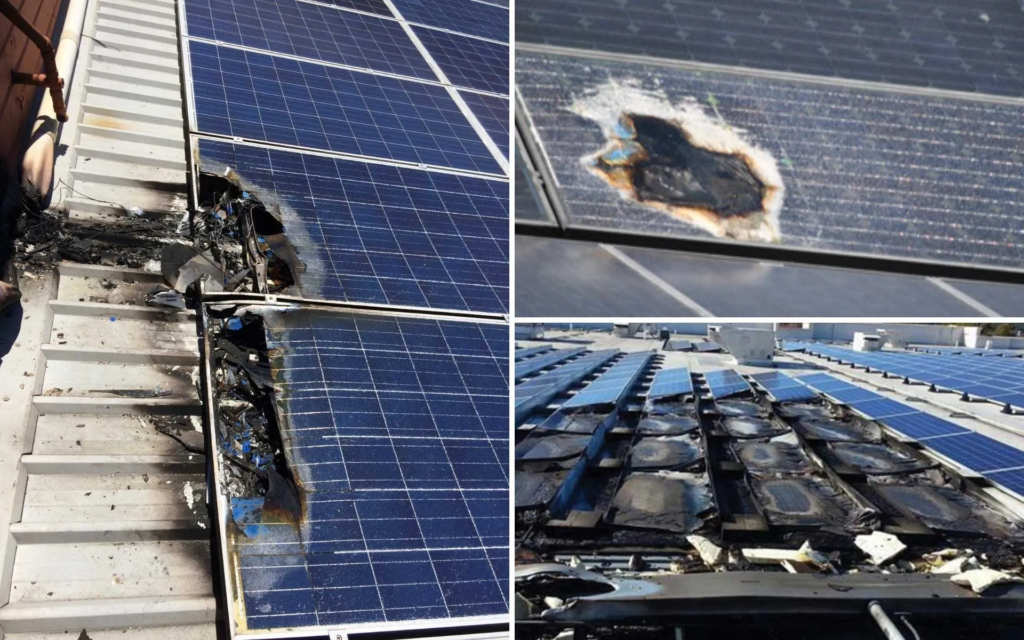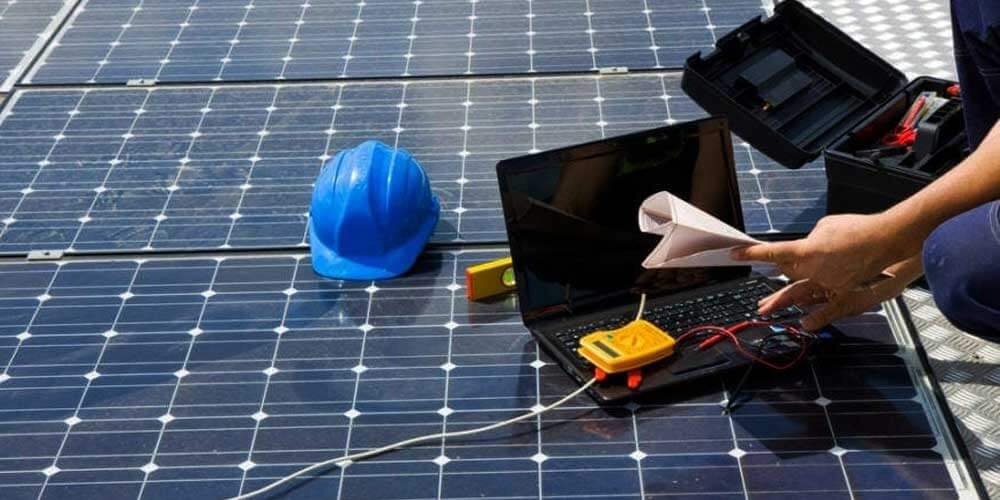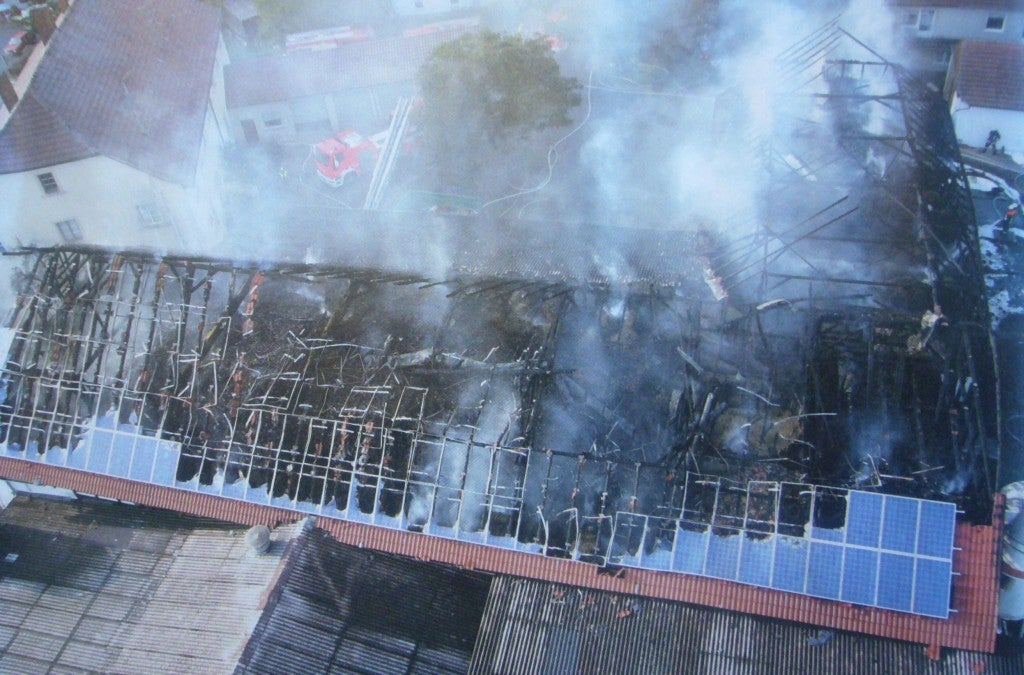Dangers Of Living Near Solar Panels – Too Close To Home
With the ever-increasing pollution of the Earth comes the need to look for alternatives. Solar panels are an attractive investment for many as they’re both cheaper and cleaner than other forms. But, some dangers come with these investments that some people aren’t aware of. This article will focus on the Dangers Of Living Near Solar Panels. Solar energy is at the forefront of the move to cleaner energy sources. The International Energy Agency (IEA) anticipates that solar energy will monopolize the energy sector by 2050. Furthermore, more solar stations are being built, but what are the effects of living near one?
Hidden dangers of solar panels – YouTube
This article will discuss potential risks associated with living near solar panels, such as radiation exposure and electromagnetic fields (EMFs). We’ll also address some misconceptions surrounding solar panels’ safety and how you can protect yourself from possible dangers associated with living near these installations.
Dangers Of Living Near Solar Panels – Health And Life Risks
Solar panels are a terrific way to obtain power, but they can be a source of serious health risks for those who live nearby.
The dangers of living near solar panels are well known, but few people know how bad it can be — or that there are ways to reduce the risk.
Solar panels convert sunlight into electricity by absorbing photons from the sun and converting them into electrons that flow through wires to generate power. This process produces free radicals — highly reactive molecules that can damage cells in the human body and lead to cancer.
The problem is that these free radicals don’t just disappear after leaving the solar panels; they spread throughout the area around them, where they can be inhaled or ingested by humans and animals alike.
For example, if you live within five miles of an operating solar power plant, you’re exposed to twice as much radiation as someone living 50 miles away from it.
Expected Danger By CAISO
The California Independent System Operator (CAISO) has recently been working hard to improve the country’s solar energy infrastructure. But in the process, they’ve accidentally created a new problem — and it could be bad news for residents living near solar panels.
The problem is that when solar panels produce more electricity than the grid can consume, they send excess power back into the system. This can cause problems in the grid if the amount of power being sent back into the system is higher than what’s being produced by other sources of energy like coal or nuclear plants. The CAISO has tried to address this issue by raising its threshold for acceptable voltage levels on the grid, which was previously set at 115 volts per phase.
Risks and Expected Dangers
Solar panels are a great source of clean energy but come with some safety concerns. The good news is that these risks are small and easily
If you’re thinking about installing solar panels on your roof, here’s what you need to know about the dangers of living near solar panels:
Electrical Hazards
Solar panels produce electricity, so you should always avoid touching them or anything else connected to the panel. If you accidentally touch the panel, immediately unplug it from the power supply. It would be best if you also ensured that no children or pets could reach it.
Fire Hazards
Fire is another risk associated with solar panels. Solar panels heat up during use, which can cause fires if left unchecked. When too many appliances are plugged into one circuit, the circuit can overload and cause a fire. This is most likely to happen when long extension cords run from the solar panels back into your home. You should ensure that all cords are properly rated for outdoor use and not run through doors or windows where people may trip. If a cord does get damaged, replace it immediately rather than trying to repair it yourself — this way, you won’t risk electrocution or house fires.
To avoid this problem, clean off any dust or debris from your panels regularly so that nothing catches fire when exposed to sunlight. It’s also important to ensure that your roof has enough ventilation to prevent overheating in extreme weather conditions (like high temperatures). You can also install overhangs or shade covers on your roof if you live in an extremely sunny area.
Leakage Hazards
Electricity can leak from solar panels, especially older models. This is known as “short-circuit current,” It can cause fires or electrocution if it hits a person or animal standing in water or snow.
Electric Feild
Solar panels create an electric field around them when they are working correctly. This field can cause interference with radio signals and other electronic devices. It can also disrupt electronic devices close to or touching the solar panel, like power tools and phones.
Deterioration
If you have older solar panels, they may be producing more short-circuit current than newer ones due to deterioration over time or damage from hail or windstorms. If you’ve been hit by lightning while working on your roof or doing other repairs, you should check for damaged wiring before touching any electrical equipment around your house.
Safety Concerns And Precautions
Electricity can leak from the panels and injure those nearby.
The most common concern is that electricity can leak from a solar panel and injure someone working there. A report by the U.S. Centers for Disease Control and Prevention found that between 1992 and 2006, there were at least 285 electric shock incidents from residential PV systems in the United States. The majority (86 percent) of these incidents occurred during maintenance or repairs on the system.
Injuries included burns, muscle spasms, paralysis, and even death. While these incidents are rare, they can happen if you’re not careful when working around your solar panels.
Safety precautions to take include:
- Never touch any exposed wire or electrical connections on your array while operating, even if you’re wearing gloves or other protective clothing. If you must reach beneath them, use a broom handle or similar tool to move things around rather than your hands or feet.
- Don’t climb on top of your array unless it is designed for such use (for example, some parking lot systems have platforms). If there is no safe way to get on top of your array without damaging the panels or hitting live wires.
- If you’re installing new panels and want to put them close together so that they’ll produce more power per square foot, be sure that the electrical wiring and junction boxes are located in a way that makes sense for maintenance and repairs.
Wrap Up
Overall, solar panel is a great form of green energy – they benefit the environment and help usher in a better tomorrow. At the same time, they do carry certain risks and dangers. So, to ensure that everyone can enjoy the benefits of solar panels without putting themselves or others at risk of injury, it would be best to understand them beforehand.





